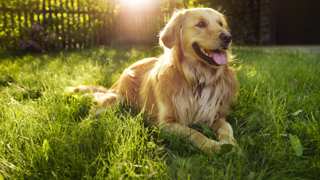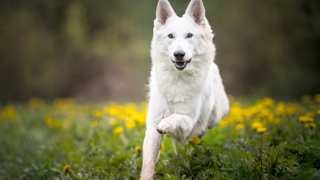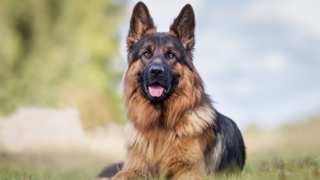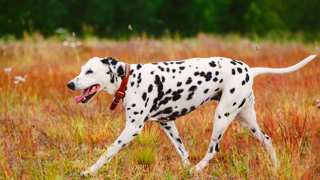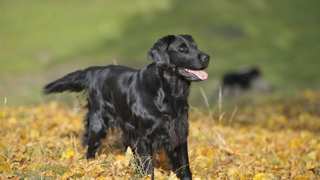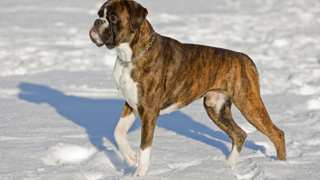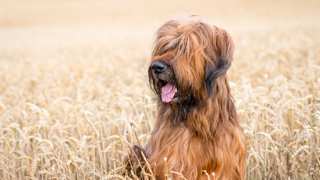The Lab has a coat style that exhibits the dog's basic body shape. For the most part, this can be done by regular brushing. You can add flair, yet it doesn't take much clipping for a Labrador to have a coat like a show dog.
Nearly all Lab cuts and coat stylings are based on how the head and tail are trimmed. The majority of the dog's coat can be kept short, and this will help accentuate features. If your Lab is yellow but has other shades in the coat, you can trim to bring out a pattern. Clipping to bring out highlights can give your lovable Lab his own look!
With the tail, you can keep it trimmed and leave a twizzle on the end of the tail, or you can allow the hair to grow long and be feathered.
The head may require a professional groomer. The Labrador lion mane is popular, and this has to do with letting the coat grow out around the neck. Don't shave the rest of your Lab in order to make the mane stand out! Unless they are undergoing surgery or have a "hot spot" patch of hair, you aren't likely to see a shaved black or yellow lab. Shaved Labs not only don't look good, this can quickly and negatively affect their well-being.
If you must have a stylish Labrador Retriever hair cut, it is usually best to first visit a groomer. Watch as your Lab is trimmed to the desired style so you can learn how to do it yourself.

